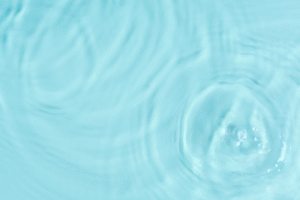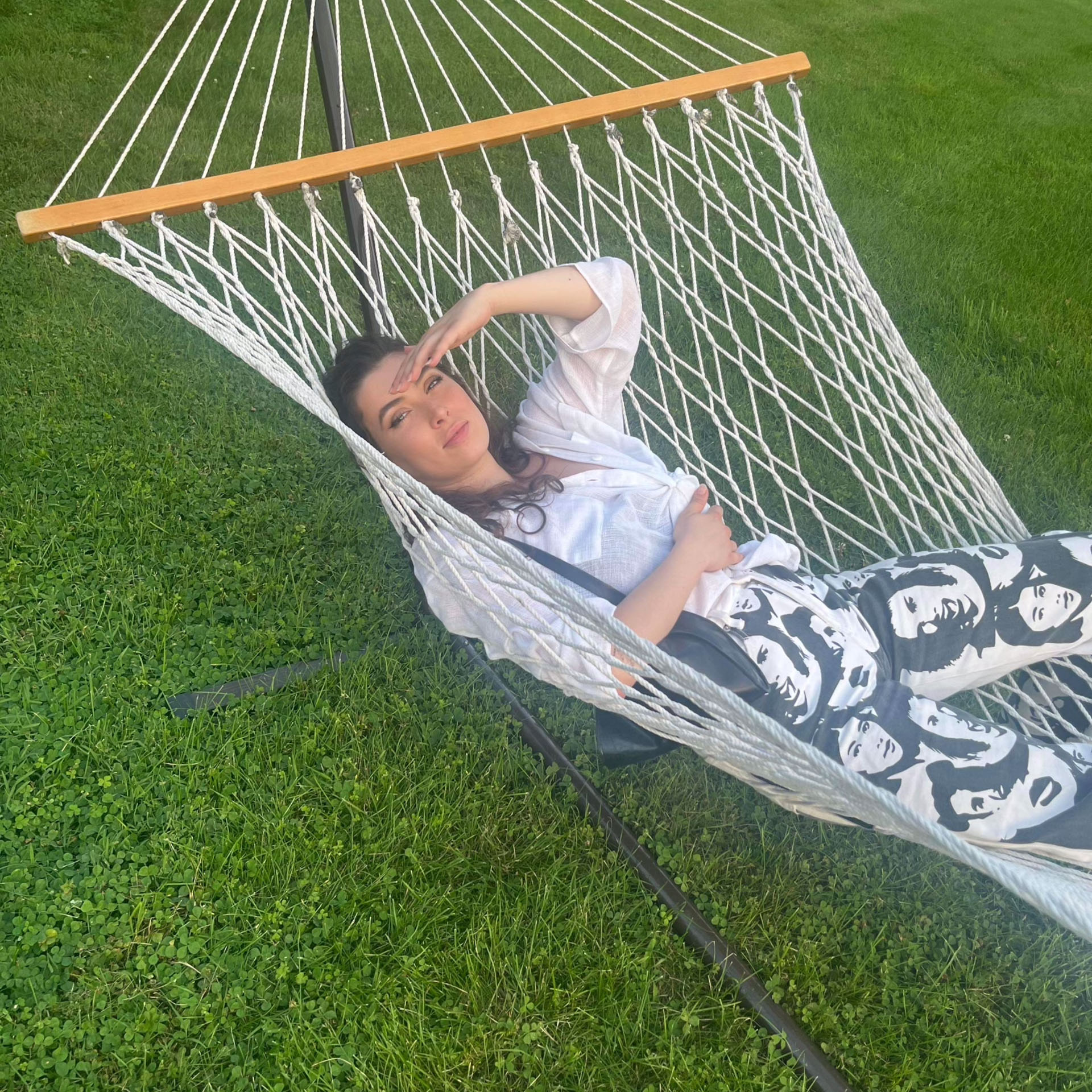
Cold Plunge Experience at Chimney Hill Estate
Refresh and Recharge with Our Cold Plunge Experience Here at Chimney Hill Estate, we’re all
Wellness AT Chimney Hill
Step into the invigorating chill of cold water immersion—an awakening for the body, mind, and spirit unlike any other.
If you know the benefits of cold plunge, or are curious to find out, we have three options for you this summer.
$20
Per Session
Travelling? First-timer? Whatever the reason may be, you can experience our cold plunge tubs any time for just $20 per visit
$199
Monthly
If you are already convinced of cold therapy’s many benefits, then save some money with monthly access.
$299
Onetime
Like our Monthly Subscription, only better. Come utilize our cold tubs any time through July and August for one low price.
The benefits of Cold Plunge, also known as Cold Water Immersion, are quickly becoming more prevalent these days. At Chimney Hill Estate, we have two cold plunge tubs ready and waiting for you to experience the transformative power of this very simple practice.
Cold water immersion (CWI), often referred to as cold plunging or ice dipping, involves partially or totally submerging oneself in cold water for a few minutes. It can range from simple methods like sitting in a bathtub filled with cold water and ice, or jumping into a cold lake or ocean, to using specialized cold-plunge tanks which can be quite costly. Common forms of CWI include ice baths (submerging the body up to the neck in ice-cold water, typically for a few minutes), cold showers (a more accessible daily routine option), open water swimming (in cold rivers, lakes, or oceans for longer exposure), and cryotherapy chambers (exposing the body to extremely cold air, mimicking CWI effects).
Research suggests that CWI may significantly improve mental well-being and mood. Studies have shown an increase in positive emotions such as vigor, alertness, attentiveness, and pride, and a decrease in negative emotions like tension, anger, depression, fatigue, confusion, distress, and nervousness after cold water immersion. These effects are believed to be linked to the release of neurotransmitters like endorphins and norepinephrine, which play crucial roles in mood regulation and stress response. Consistent full-body CWI may lead to long-lasting benefits like lowered cortisol levels (stress hormone) and enhanced resilience to stress. Submerging just the face in cold water can also activate the parasympathetic nervous system, inducing a sense of calm through the “mammalian diving reflex.”
Studies using functional magnetic resonance imaging (fMRI) indicate that short-term head-out whole-body cold water immersion leads to increased interaction between large-scale brain networks involved in attention control, emotion, and self-regulation. Specifically, positive mood changes are associated with enhanced connectivity between the default mode network (DMN), salience network (SN), frontoparietal network (FP), and visual lateral network. For instance, increased coupling between the medial prefrontal cortex of the DMN and parts of the salience network, as well as between the posterior parietal cortex of the FP network and the dorsal attention network, correlates with increased positive affect. This suggests that CWI can have integrative effects on brain functioning, contributing to improved mood and alertness.
Cold water immersion triggers strong physiological responses, including an initial increase in heart rate and breathing tidal volume (hyperventilation), a phenomenon known as the cold shock response. Over time, consistent exposure may lead to the “training” and “toning” of the autonomic nervous system, potentially improving stress management. Some studies suggest CWI can improve insulin sensitivity, aiding in blood sugar regulation, particularly when shivering occurs, as this activates muscles similarly to exercise. While some claims suggest a boost to the immune system or a reduction in chronic inflammation, the evidence for these is still developing and often relies on biomarkers rather than direct clinical outcomes. However, it’s noted that prolonged immersion leading to hypothermia can actually reduce immune function.
Cold water immersion carries significant risks, primarily hypothermia (a dangerous drop in body temperature) and the cold shock response. The cold shock response can trigger an involuntary gasp reflex followed by hyperventilation, increasing the risk of drowning, arrhythmias, or even heart attack, especially for individuals with underlying heart conditions like high blood pressure or vascular disease. It is crucial to enter the water slowly to manage this response and to limit immersion time to no more than 10 minutes to prevent hypothermia. Furthermore, open water plunging should never be done alone, and individuals with existing health conditions should consult a healthcare professional before trying CWI.
No, the idea that more exposure is always better for cold plunging is a misconception. Physiology does not work that way; similar to exercise, excessive daily cold exposure or prolonged immersion can be counterproductive. For instance, frequent daily cold plunges might compromise long-term performance improvements if done after training, and overly long immersion can risk hypothermia. Experts suggest focusing on staying calm during the initial uncomfortable moments rather than pushing for extended durations. It’s emphasized that there isn’t a one-size-fits-all “dose” for optimal benefits, and individuals should learn their own body’s response and limits, as the biggest determinant is body mass.
Experts recommend approaching CWI with caution and mindfulness. It’s advisable to start by consulting a healthcare professional, especially if you have underlying health conditions like cardiovascular disease or high blood pressure. For beginners, it’s best to start with shorter durations (around 2 minutes) in warmer cold water (e.g., 20°C/68°F) and gradually progress to colder temperatures and longer durations as your body acclimatizes. Rather than seeking extreme cold or long durations, focus on staying calm during the initial shock. Many experts, who themselves engage in CWI, suggest integrating it into a lifestyle toolkit as a single tool, emphasizing that it’s not for everyone and that its benefits can be achieved with relatively short, infrequent, and moderately cold exposures, often describing it as a “coffee-like” pick-me-up.

Refresh and Recharge with Our Cold Plunge Experience Here at Chimney Hill Estate, we’re all

As spring breathes new life into the world, it’s the perfect season to focus on

At Chimney Hill Estate, we’re always striving to offer unique and rejuvenating experiences for our



Why choose between a quiet, rustic getaway (complete with spa and all the nature you can imagine) or a fun, vibrant city setting when you can have both?
New Year!
Healthy Habits
Cold Plunge
Sauna &